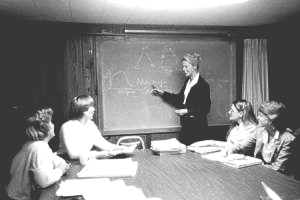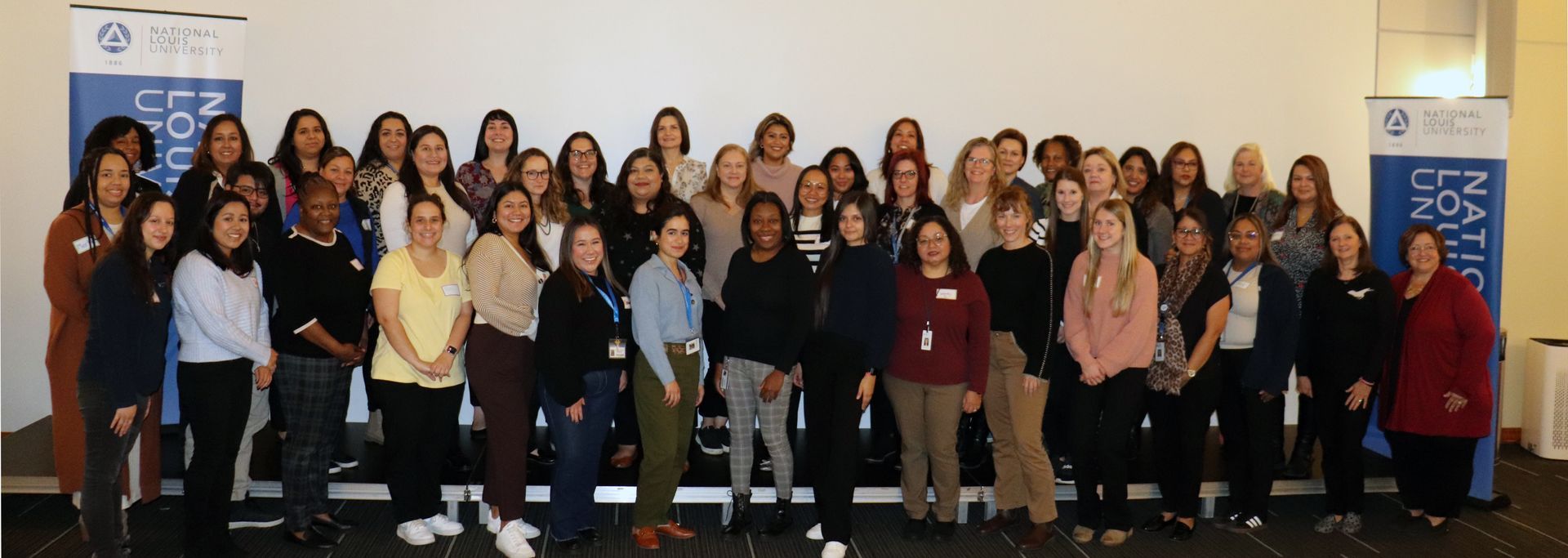BY Ken W. Mikesell | June 1, 2006
Many organizations are like a lost traveler. They move along a path without a set destination or overall course of action. Like a rudderless sailing ship, they are at the mercy of the winds of chance. Their days are filled with constant problem solving, jumping from one crises to another. As business leaders, early childhood program administrators can learn how to take charge of their organizations. Through timely and careful strategic planning, many problems can be anticipated or even prevented. … Download this resource to read the rest of this story.
This resource is part of our archived Director’s Link newsletter series.
This document may be printed, photocopied, and disseminated freely with attribution. All content is the property of the McCormick Center for Early Childhood Leadership.





